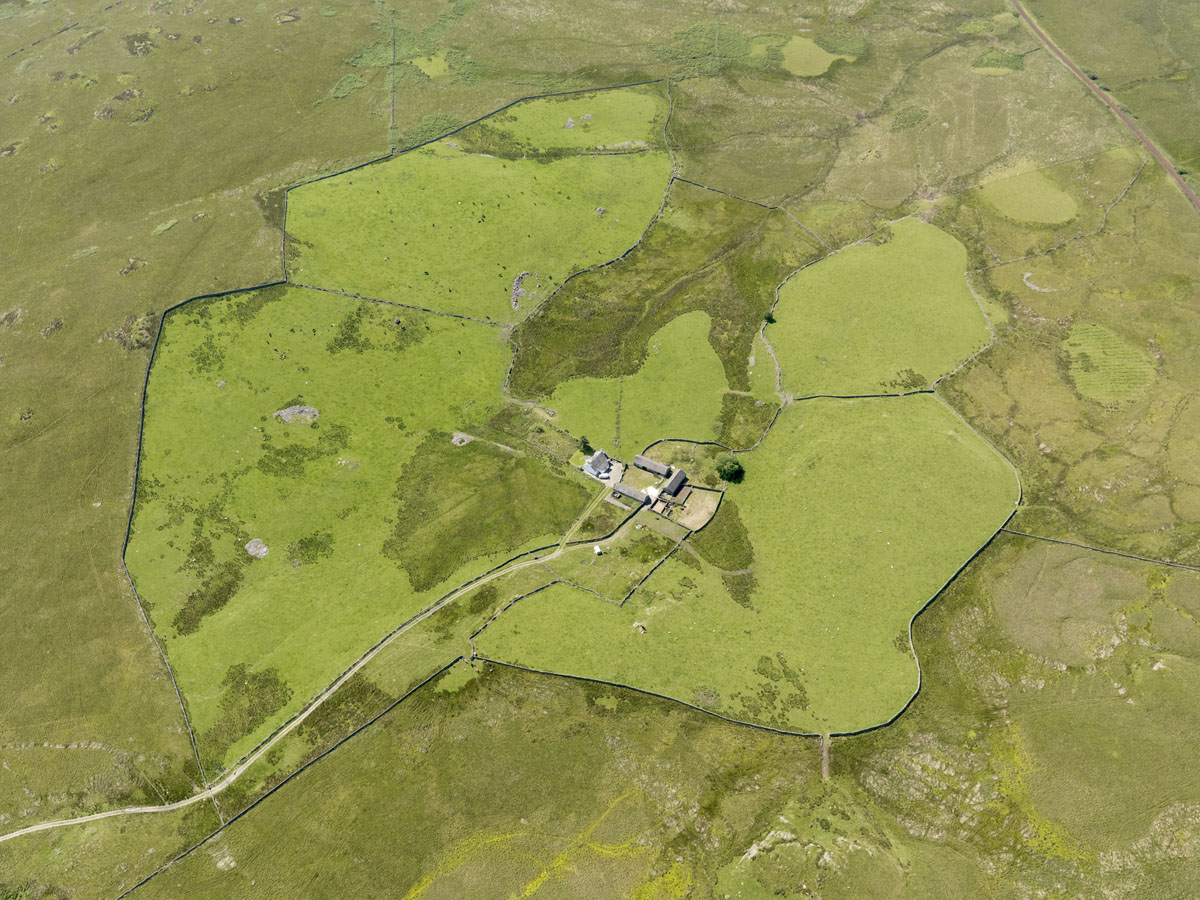During the 18th and 19th centuries agricultural improvements were introduced and enforced by the landowning elite. They aimed to institute rent rises and increase production from tenants. The changes they demanded included enclosing fields, draining and fertilising land, and new crop rotations, as well as the abandonment of infield-outfield systems. Single farmsteads replaced fermtouns or townships.
In parts of southern Scotland with irregular landforms, such as Galloway, fields were formed by building sub-rectangular or oval enclosures rather than standard rectilinear fields. Similar in shape to pre-improvement curvilinear fields, these sub-rectangular fields are often characterised by acute-angled corners or one straight side, giving away their creation during agricultural improvements. Recent amalgamation of these fields is common.

The small farmstead at Craigbirnoch in Galloway is surrounded by two different types of field boundaries. Those to the left are characteristic of 18th or 19th century sub-rectangular fields, while those to the right are medieval or post-medieval in date. Historical and current OS maps note these features.
HES DP105937